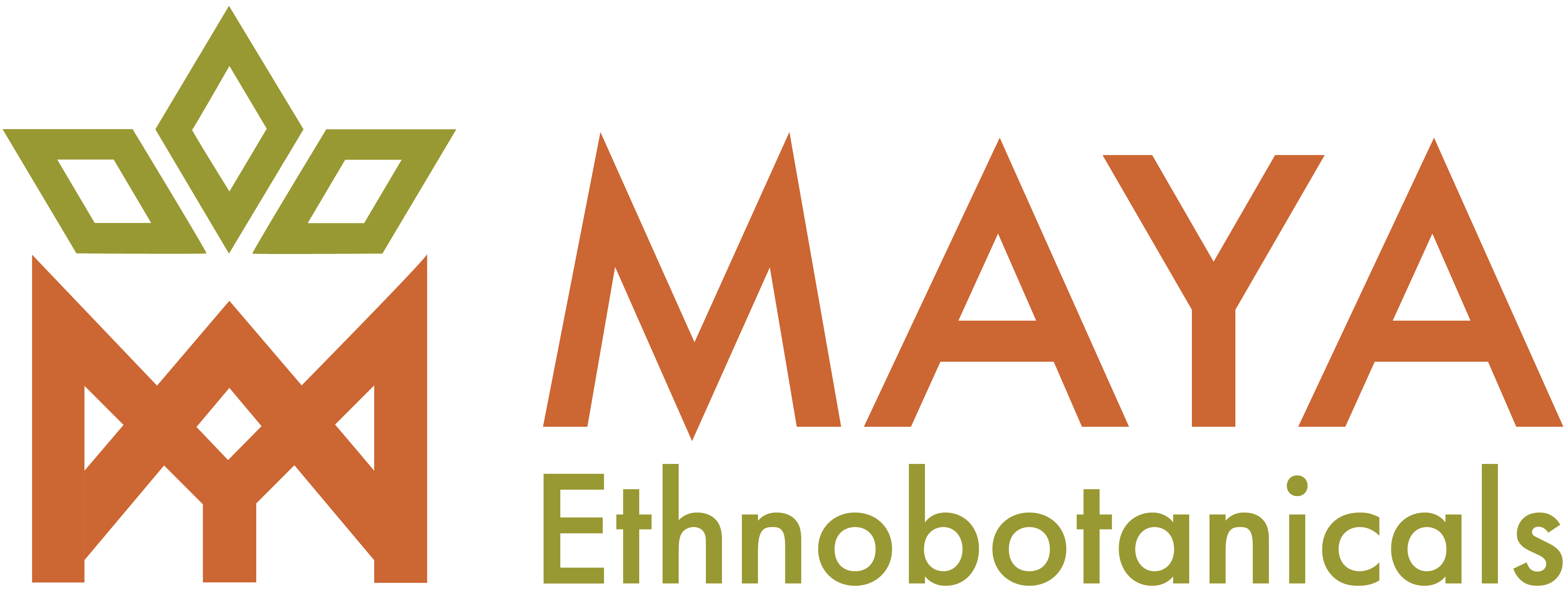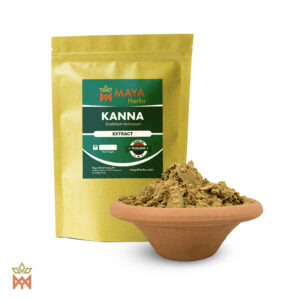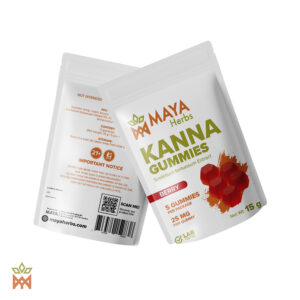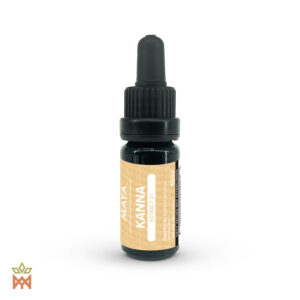Showing all 4 results
- Price range: € 8,50 through € 54,00 Incl. VATSelect options This product has multiple variants. The options may be chosen on the product page
- Price range: € 19,95 through € 545,00 Incl. VATSelect options This product has multiple variants. The options may be chosen on the product page
Showing all 4 results
What Is Kanna?
Alternative spellings of Kanna’s name include Canna and Channa, and the plant is also known by its Dutch colloquial moniker kougoed, which translates to ‘something to chew,’ referring to its most common traditional way of consumption. Kanna’s scientific name, Sceletium tortuosum, alludes to the skeletal patterns observable in the veins of its leaves when they are dry or withered.

Kanna is a short and messy succulent growing close to the ground in all directions. White, yellow, or pale pink flowers can be found among its thin stalks and stocky leaves. The plant also bears dark yellow to orange pod-like fruits full of brown or black kidney-shaped seeds.

Over the last few decades, Kanna’s anxiolytic, antidepressant, mood-boosting, and analgesic effects have been increasingly embraced by alternative medicine enthusiasts of the Global North as a natural, non-addictive, and less harmful way to treat mood disorders and pain compared to conventional pharmaceuticals.
Discovering ‘Cannaland’
Although indigenous cultures have likely been consuming Sceletium plants for thousands of years, the earliest written records of their use date back to the late 17th century.
The Dutch colonists were the first to report the use of a Sceletium species by the Namaquas, saying that “[Canna] is held by them and surrounding tribes in as great esteem as the betel or areca with the Indians. They chew its stem as well as its roots, mostly all day, and become intoxicated by it[.]”
It’s believed that the Khoisan indigenous peoples gave Kanna its name in reference to the giant eland antelope (also known as Kanna), which stands as a symbol of fertility, marriage, rainmaking, divination, dancing, trance, and healing. This majestic beast is frequently depicted in ancient rock art in southern Africa and is regarded as sacred by the indigenous cultures of these lands.
When the Dutch came, Kanna became known as kougoed. Originally referring to the process of drying and ‘fermenting’ the plant into a chewable preparation, the name eventually took root, even with the locals, as an expression referring to the plant itself.
In the 18th century, the Dutch identified a semi-desert area in the Little Karoo in the Western Cape as the source of Kanna supply for the region. Dubbed ‘Cannaland’ for its abundance of Sceletium plants, this area soon became the hotspot of Kanna trading. The Khoisan used the plants to barter with the Dutch and other, sometimes quite distant, tribes for cattle, sheep, and other commodities.
Kanna was a valuable resource, appreciated by local hunter-gatherers both for its energizing properties, which would provide them with the endurance needed for a long day of challenging activity, and for its relaxing effects, used to wind down afterwards. They would chew Kanna throughout the day and then chew it, snuff it, smoke it, or drink its tea or extract during the evening.
Traditional Kanna Preparation
Kanna preparation involves a traditional method of drying and 'fermenting' various parts of the plant that house its psychoactive alkaloids.
After a precisely timed harvest, critical for the resulting preparation’s potency, Kanna’s stems, leaves, and roots would be crushed between stones and left in tightly closed bags to 'sweat' in their own juices. The bags would be left in the sunlight and opened every few days to mix the contents.
The Khoisan belief is that this traditional technique infuses power into the Kanna preparation; however, its functionality also has a scientific rationale.
The crushing process is thought to expose the plant matter to various microbes contained in the stones. Throughout the 'fermentation' process, these microbes gradually degrade the oxalate crystals found in the plant, whose consumption can cause a range of adverse effects, including irritation, pain, skin rashes, painful bowel movements and urination, headaches, and mood swings.
After eight days, the 'fermented' plant matter is spread out to dry in the sun until it’s ready to be pulverized. Once powdered, it can be used as snuff, smoked, chewed, brewed as tea, or further processed into a tincture.
Traditional Medicinal Applications of Kanna
Aside from its recreational use, Kanna was also widely used as a medicine, even for the youngest community members. A drop or two of its fresh juice — the weakest preparation — would be given to teething or restless children as a mild tranquilizer or added to breastmilk to treat colic.
On the other hand, its dried — more potent — preparation would be chewed to relieve toothache, inflammations, and abdominal pain in adults, numb the gums before pulling teeth, alleviate stress, anxiety, and depression, reduce nausea during pregnancy, and treat constipation and alcohol addiction (the latter led to Kanna extracts being referred to by the Namaquas as 'onse droë drank' — our dry liquor).
Kanna Effects
Corresponding to the differences in neurotransmitter levels when different levels of the plant’s active alkaloids reach the brain, Kanna effects are dose-dependent:
- Low doses can reportedly help attenuate stress and symptoms of depression and anxiety, boost mindfulness and insightful introspection, and enhance appreciation for the environment and any current stimulation of the senses. These effects may be accompanied by emotionally detached reactions to otherwise upsetting stimuli.
- Moderate doses are said to provide an infusion of energy and focus and a significant mood boost. This uplifting effect can facilitate socialization or be channeled into some performative, creative, or productive process or practice.
- At high doses, Kanna’s sedative and analgesic properties kick in. The muscles relax, aches and pains get attenuated, and attention, concentration, and enthusiasm or energy for action dissipate.
According to anecdotal reports, combining Kanna with cannabis or alcohol can result in a synergistic effect where the properties of each substance become mutually potentiated. On its own, Kanna is not psychedelic and typically only softens or enhances colors or glows of people and objects. However, mixing it with either of the two other substances can potentially lead to subtle hallucinations.
The Khoikhoi are known to have used Kanna along with other psychotropic plants such as damiana, Blue lotus, wild dagga, longjack, and ginseng. These combinations might account for some of Kanna’s alleged psychedelic effects.
How Does Kanna Work?
Sceletium tortuosum contains seven active alkaloids, four of which have received some scientific attention: mesembrine, mesembranol, mesembrenone, and mesembrenol. The total alkaloid concentration in dry plant material is highly variable (0.05% to 2.3%) depending on the plant’s growing conditions and the moment of harvest.
These alkaloids interact with several vital systems in the body:
- They are selective serotonin reuptake inhibitors (SSRIs) — like the most common class of depression and anxiety medications, they increase the levels of the neurotransmitter serotonin in the synaptic space. Serotonin regulates mood, emotions, sleep, hunger, and social behavior, among many other functions.
- They have been found to interact with the CB1 endocannabinoid receptors, which are part of a vast neuromodulatory system implicated in mood, pain, and appetite regulation, as well as many other vital bodily processes.
- They are PDE-4 inhibitors — this biochemical process has also been garnering scientific interest as potentially relevant in depression and anxiety relief.
- In vitro studies have shown that, at higher concentrations, mesembrine affects the adrenergic and dopaminergic systems. This process might be behind Kanna’s tranquilizing effects felt at larger doses.
Kanna Benefits
While few clinical trials have been completed with Kanna or its isolated alkaloids, a 2014 study administered 25mg doses of Zembrin ® (a standardized Kanna extract) once daily for 3 weeks to a small group of healthy participants. The researchers reported positive changes in mood and sleep, as well as significant increases in cognitive flexibility and executive function test results.
Additionally, a series of animal studies has reported promising results from Kanna administration to cats and dogs with clinical signs of stress or dementia, or incessant nocturnal barking and meowing. The symptoms were mostly fully resolved in all studies, with no adverse effects on the animals even at high doses and over long administration periods.
Kanna may also be able to help manage anxiety, depression, and cognitive impairment (Alzheimer’s), as well as to suppress appetite (which may be a benefit or an adverse effect, depending on the nutritional pattern of the individual) and, potentially, cravings for substances such as alcohol, tobacco, and opioids. No formal studies have confirmed these effects, but they are listed in the many available reports of traditional use.
Kanna Side Effects & Precautions
Adverse reactions to Kanna are rare and are typically a consequence of taking too high of a dose in an unfavorable setting.
The few commonly reported side effects include:
- Dry mouth
- Mild headaches
- Nausea without vomiting
- Anxiety
- Heart palpitations
- Increased blood pressure
- Loss of appetite
- Loose stool
The actual effects of Kanna can also be considered undesirable depending on the relationship of intention of its use and dosage consumed. For example, the energizing effects typical for moderate doses can result in sleeplesness if Kanna is taken later in the day. In contrast, the narcotic effects felt at higher doses can yield a groggy, drowsy state, unsuitable for any physical activities or those requiring attention and focus.
Some users have reported feeling irritated or depressed after the effects of Kanna wear off. As Kanna alkaloids impact the serotonergic system, this is a normal rebound effect due to the necessary readjustment of neurotransmitter levels.
Although it can be tempting to take another dose at this stage to combat the mood downswing, this is not advised as Kanna tolerance can build up quickly. Once the dosage threshold has been elevated, consuming larger amounts means more neuroreceptor exertion, potentially resulting in a more intense downswing after another dose.
Although Kanna does cause tolerance, this effect reportedly dissolves quickly after a short break between doses. Additionally, no withdrawal symptoms have been reported when discontinuing Kanna after chronic use. In fact, according to some reports, urges to stop consuming Kanna after periods of daily use tend to come naturally, indicating that the plant likely has low abuse potential.
Finally, due to its effect on the serotonergic system, Kanna must not be combined with any MAOIs, SSRIs, SNRIs, and CNS depressants (these compounds are found in most common depression medications or plant medicines such as B. caapi or Syrian rue). Mixing these could lead to a dangerous biochemical interaction and potentially trigger serious health complications such as serotonin syndrome.
How to Take Kanna
Kanna typically comes in powdered form, but it’s also available as dried leaf, tincture, vape liquid, or in smoking blends or liquid preparations with various other ingredients.
It can be:
- Chewed — the dried leaf or the powder, which can be added to a piece of chewing gum
- Used sublingually — keeping the powder or dried leaf under the tongue or mixing with alcohol and holding in the mouth
- Snuffed — the powder needs to be extremely finely ground to prevent damage to nasal passages
- Smoked — as dried leaf or powder with a foundation layer of tobacco or another herb
- Vaped — in vaping extract form, dry leaf only using dry herb vaporizers, or powder with a foundation layer of another herb
- Drunk as tea — both as powder or dried leaf
- Consumed as tincture drops — on its own or with another liquid
Dosages
- Chewing or sublingual use:
- Low dose: 50-200mg
- Moderate dose: 200-400mg
- High dose: 400-1,000mg
- Snuffing:
- Low dose: Up to 50mg
- Moderate dose: 50-100mg
- High dose: 100-500mg
- Smoking or vaping:
- Low dose: Up to 100mg
- Moderate dose: 100-250mg
- High dose: 250-750mg
- Tea:
- Low dose: Up to 200mg
- Moderate dose: 200-500mg
- High dose: 500-2,500mg
- Extracts and tinctures — scale the above recommendations according to potency
Some users have reported needing an initial adjustment period to even feel the effects of Kanna, so taking low doses over several days is recommended as a way to ‘prime’ the body to the Kanna experience.
Be advised that higher doses are more likely to cause side effects such as dizziness or mild headaches.
Kanna Legality
Kanna is not regulated by any government and is, therefore, fully legal globally.
Where to Buy Kanna?
Here at Maya Ethnobotanicals, we offer a range of traditional medicinal plants which have been used by indigenous peoples for a variety of purposes since ancient times.
Our products are organically grown, sustainably harvested, and sourced through fair trade, and we sell them with the intention to promote ethnobotanical enthusiasm throughout the world.
If you’re looking for Kanna for sale, you may purchase it in a variety of forms from our webshop:





